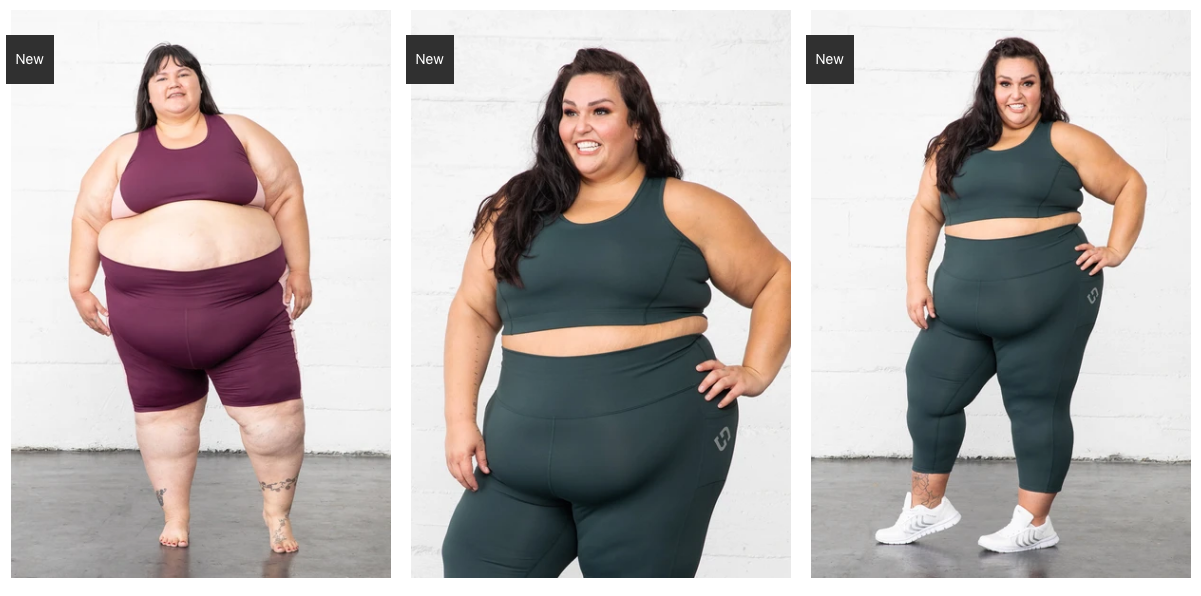The Tyranny of Healthcare Guidelines
I recently suffered a catastrophic knee injury (I tore my meniscus in multiple places, though I don’t have a good story to go with it) that is precipitating a total knee replacement. I am a fat person who has had severe arthritis for over a decade, and I am lucky enough to have an orthopedist that is doing the surgery without requiring me to lose a (frankly ridiculous) amount of weight. But when I announced my impending surgery to my group of friends and family, I heard from multiple people with the same story: they need a joint replacement but are being asked to lose upwards of 100 pounds first. I watched my mother go through something similar before she was able to get her first knee replacement, and when she was finally able to have her surgery, it changed her life.
So I had to ask myself, are there actual guidelines for an optimal weight for joint replacement surgery? According to the American Academy of Orthopaedic Surgeons:
So if in effect there is a lack of actual guidelines when it comes to joint replacement, what is motivating physicians to require patients to lose large amounts of weight before surgery? As far as I can tell, it is 100% about physician preference. It is well documented that many physicians have an anti-fat bias. The assumption that fat equals unhealthy is still pervasive in healthcare. In looking around for some kind of guideline for physicians, I mostly found older blog posts by surgeons advocating for weight loss.
Current research, including research conducted about 6 years ago, suggests that fat patients and “normal weight” patients have similar outcomes in pain relief and function. A review article from the University of Alberta published in 2021 goes a step further, saying that “losing weight before surgery doesn’t lead to better outcomes.” And in fact, waiting for surgery worsens the condition of the patient. Bottom line: surgeons who require their patients to lose weight first are doing harm.
The best thing a patient can do if they are up against this particular roadblock is to shop around for another surgeon. It is clear to me from just a little reading that there is evidence to support patients at all weights receiving joint replacement surgery, and that hopefully means overall attitudes are changing.


















